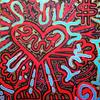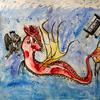German Artist Tells Court His Forgeries Were "Too Good"
- September 28, 2011 17:22
In Germany's biggest art forgery trial, the artist accused of faking millions of euros worth of expressionist paintings has told the court that he enjoyed fooling the art market.
"I didn't much like the art market or the dealers," Wolfgang Beltracchi, 60, said. "I really enjoyed doing it. You have to know how the art market functions and where the greediness is greatest."
Around 47 works by artists including Max Ernst, Max Pechstein, and Heinrich Campendonk were allegedly forged and sold by Wofgang and his wife Helene. The indictment involves only those identified as fake which sold in excess of $20 million total, funding a lavish lifestyle for the accused couple. (About 33 works are suspected forgeries.)
The dubious duo broke their silence for a plea bargain that might land them just six years in prison.
Beltracchi testified, "In my thoughts, I created an original work, an unpainted painting by the artists of the past."
"I painted works that really should have been in the artist's oeuvre," he said, proclaiming that some were actually "too good."
Their paintings were sold as legitimate works by the artists, including elaborate fabricated provenances, through a German auction house, a Parisian art gallery, and elsewhere. Victims included experts in the trade and collectors such as actor Steve Martin, as previously reported in ARTFIXdaily.
"Red Picture with Horses," supposedly painted by Heinrich Campendonk (1889-1957) of the Netherlands, sold at auction in Cologne for over $3 million, making it perhaps the priciest of the couple's frauds.
Jeannette Spurzem, Helene's sister, and Otto Schulte-Kellinghaus are also on trial as accomplices.










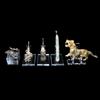
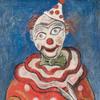
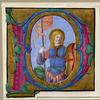
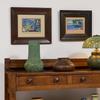


__Buffalo_Hunt100x100_c.jpg)
